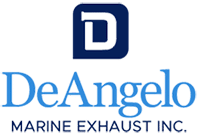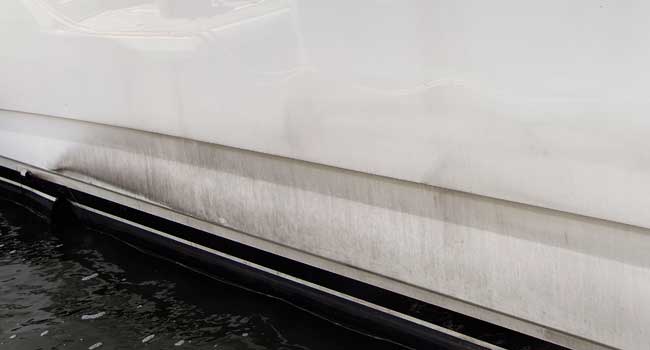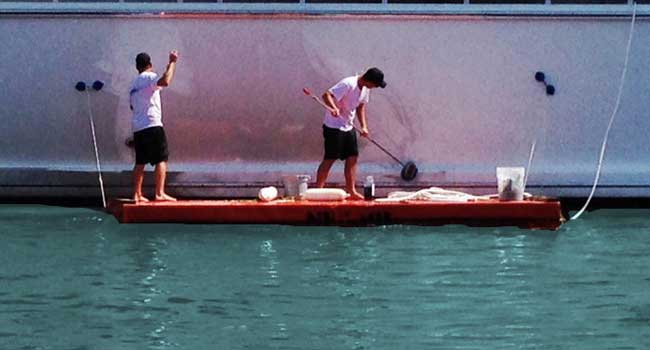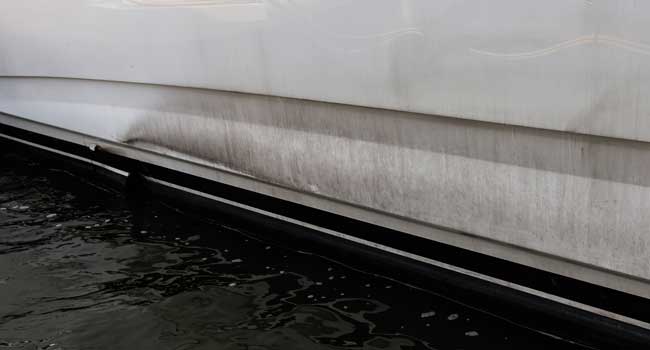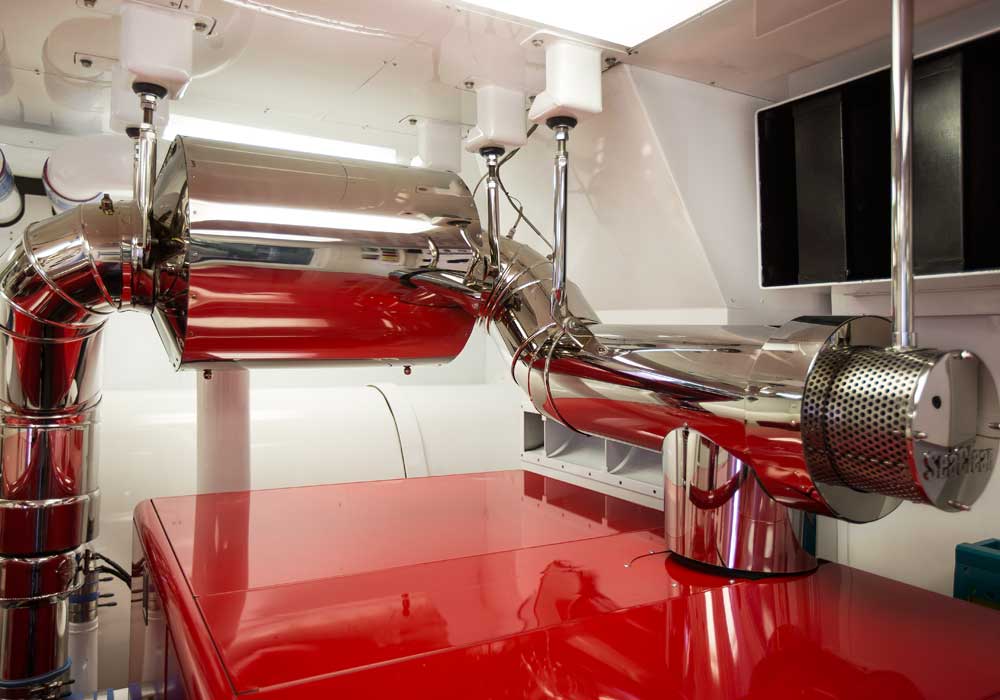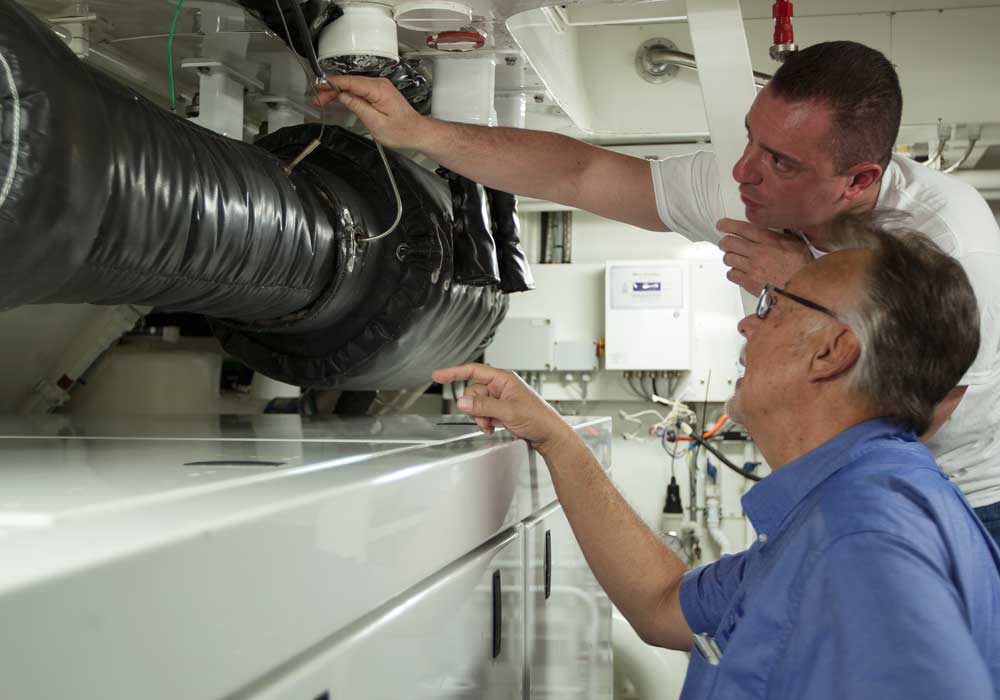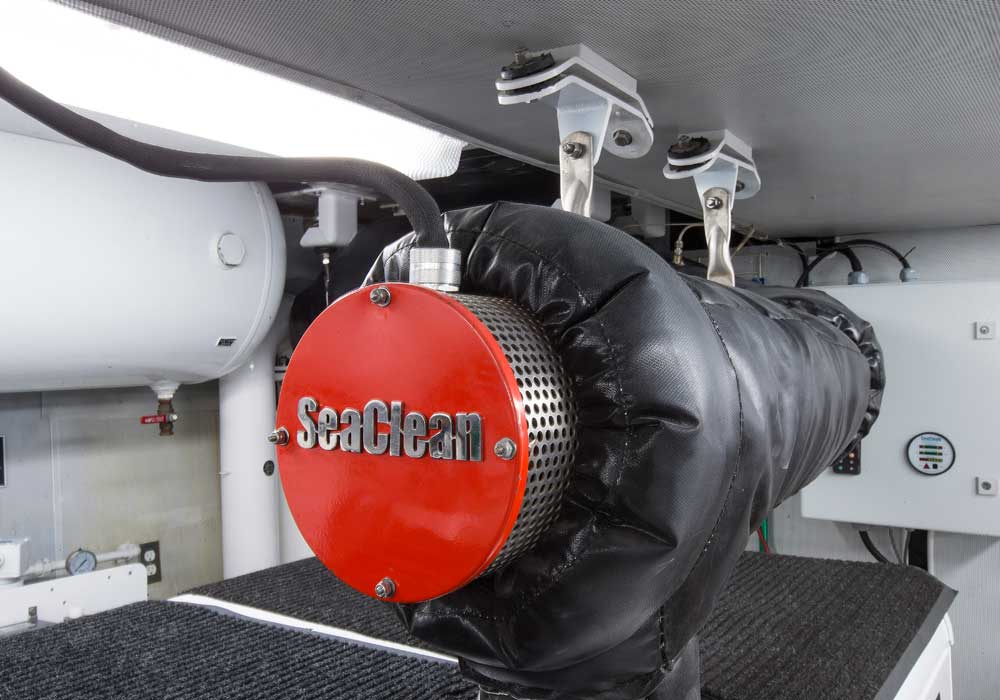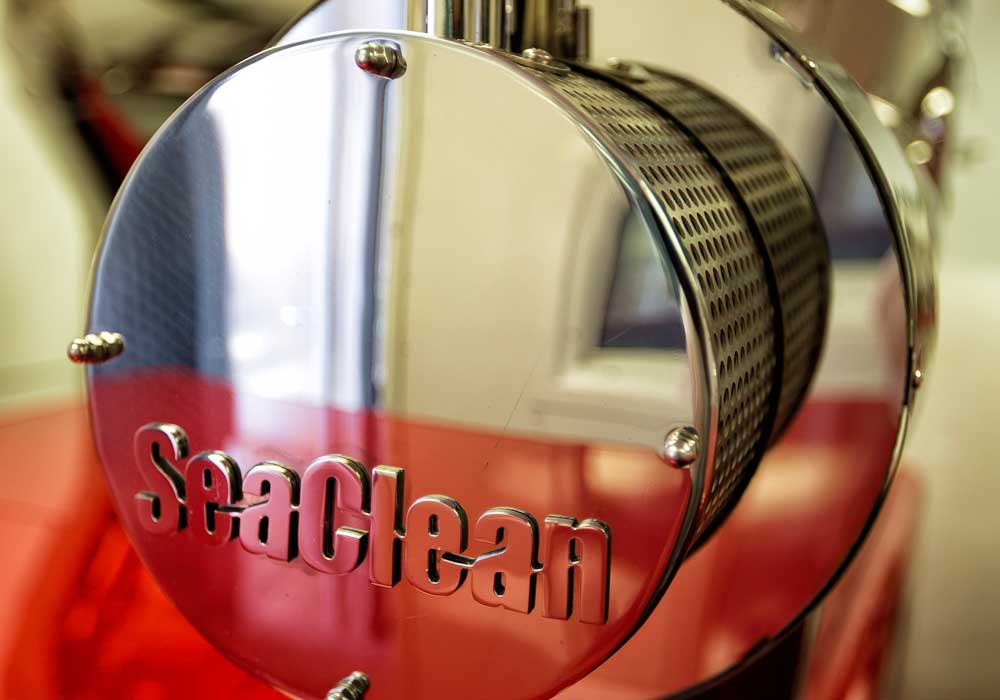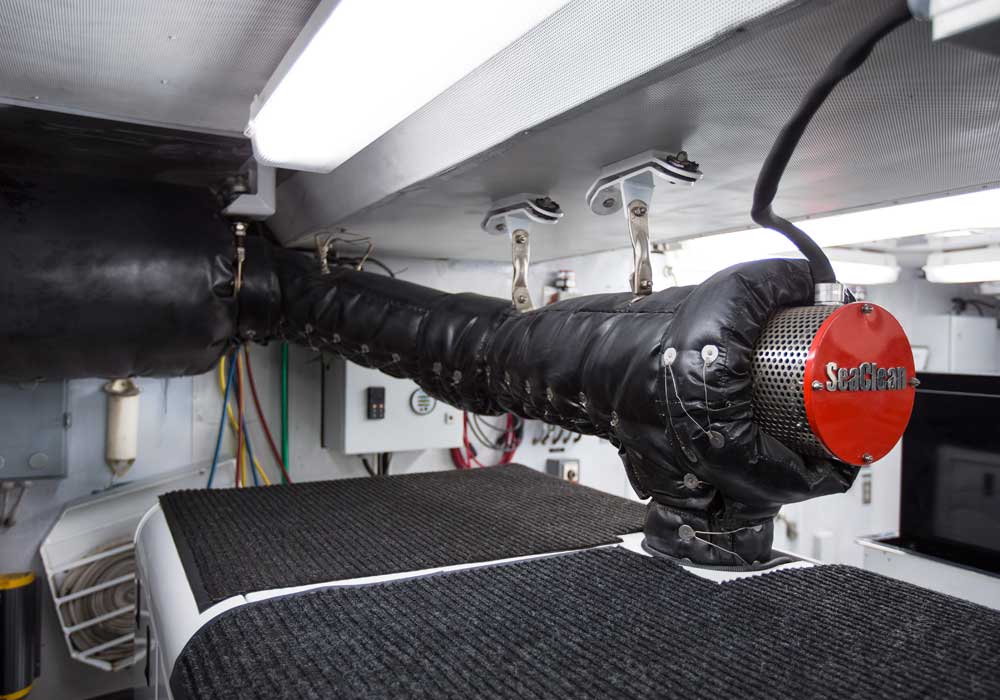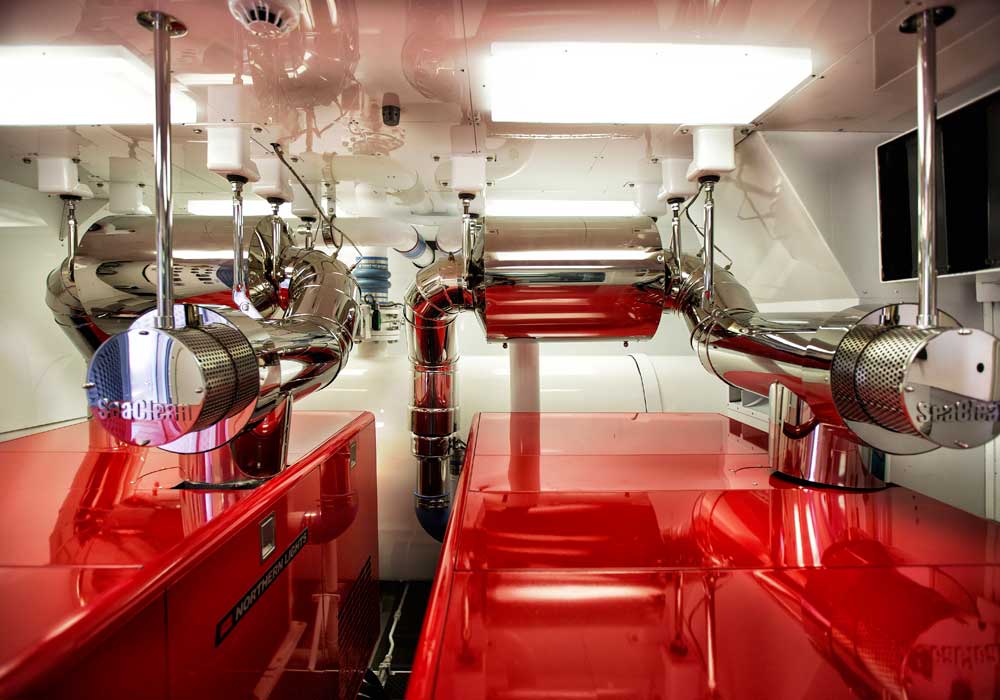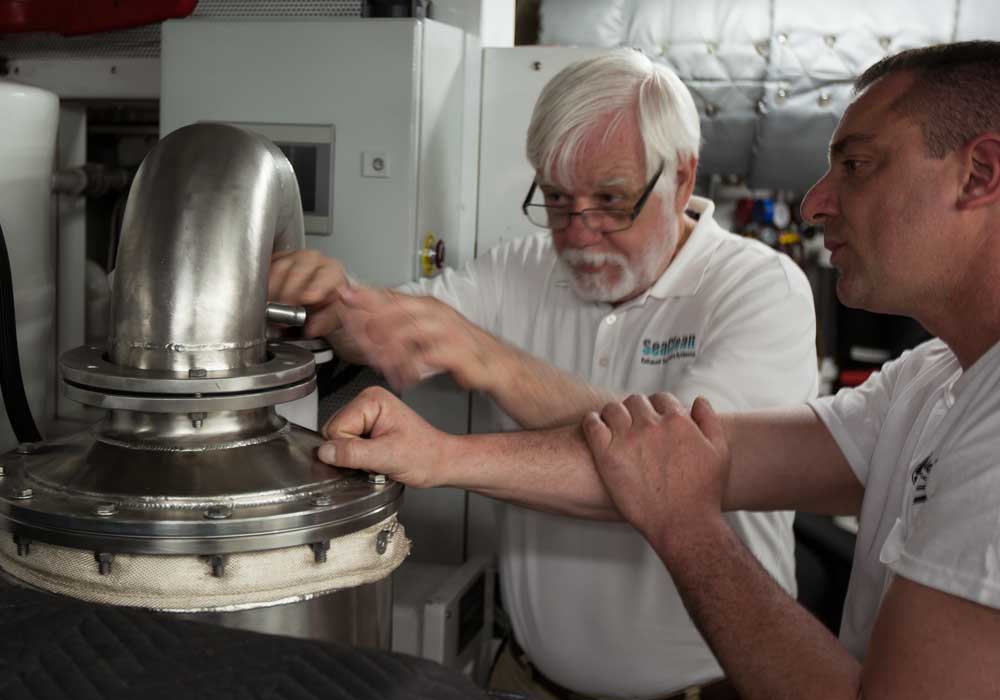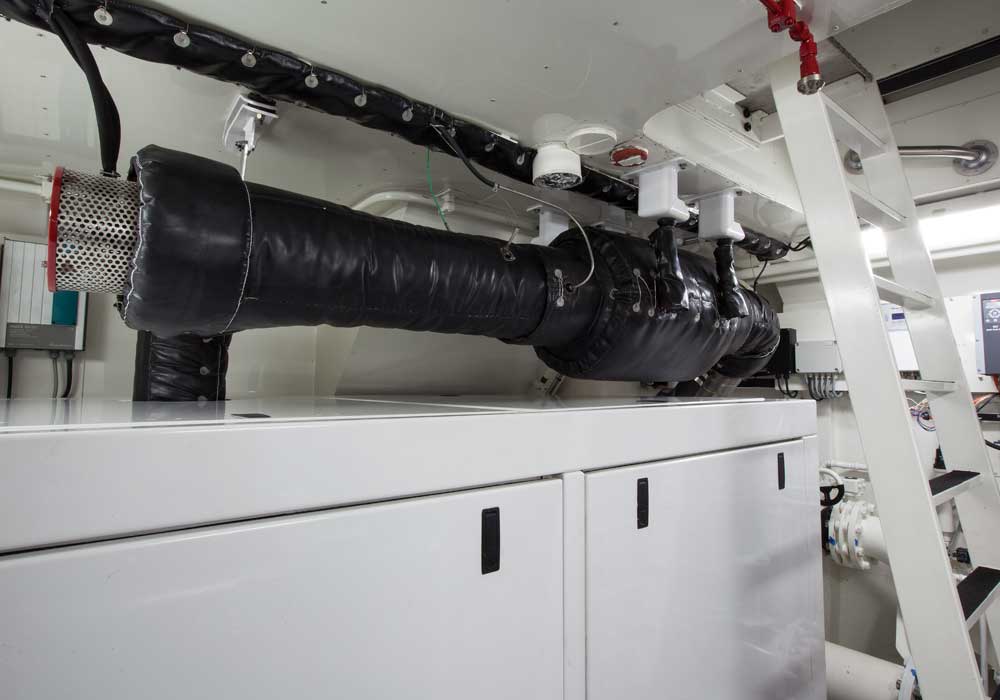Eliminate Soot, Discharge, Oily Residue. Minimize Hull & Abrasive Cleaning.
![]()
Soot Filtration Systems for Marine Diesel Generators
Reduction of Trapped Soot & Unburned Hydrocarbons on the Filter Medium is Called Regeneration
Unlike other particulate filters, which depend on high generator loads to create exhaust temperatures high enough to initiate regeneration, the SeaClean Diesel Particulate Filter System uses excess generator capacity to electrically heat exhaust gas before it enters the filter housing. Exhaust is delivered to the filter at the correct temperature to initiate regeneration and thereby eliminate soot and the hydrocarbons associated with diesel smells and oil slicks.
All Diesel Engines Produce Soot as a Product of Combustion
A 99kW generator installed on a yacht before 2012 is allowed to produce over 700 grams (more than 1.5 pounds) of particulate matter (primarily soot) per day. Depending on which way the wind is blowing, many of those nanoparticles of soot will imbed themselves in microscopic pores that are present in even the highest quality hull finish. The results are staining and damage from attempts to remove accumulations of soot and other particles discharged with generator exhaust.
The SeaClean Diesel Particulate Filter System captures up to ninety-eight percent (98%) of the soot and other particulates in the exhaust flow that would otherwise be discharged into the atmosphere.
Soot particles plus unburned fuel and lubricating oil are trapped by the filter medium and reduced to carbon dioxide and water vapor. Inorganic particulates originating in lubricating oil additives and produced through normal engine wear are retained in the filter and removed by periodic mechanical cleaning.
Testimonials
What Captains, Engineers & Owners Are Saying About the SeaClean SystemCaptain Ken Bracewell
The exhaust gas is extremely clean, and nearly odorless. The topsides remain free of soot; saving the crew countless hours of cleaning …
Frequently Asked Questions
Is the System Approved by Class??Answer in Brief
If so specified, after fabrication, installation and commissioning is complete, a Class surveyor will inspect and approve the installation.
